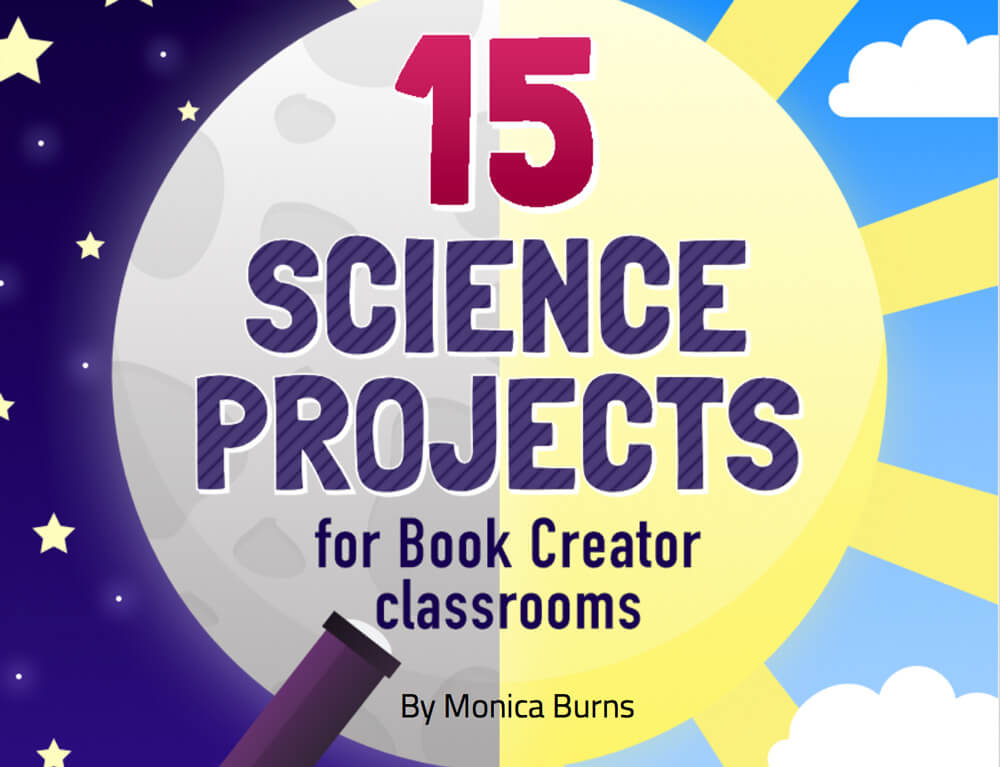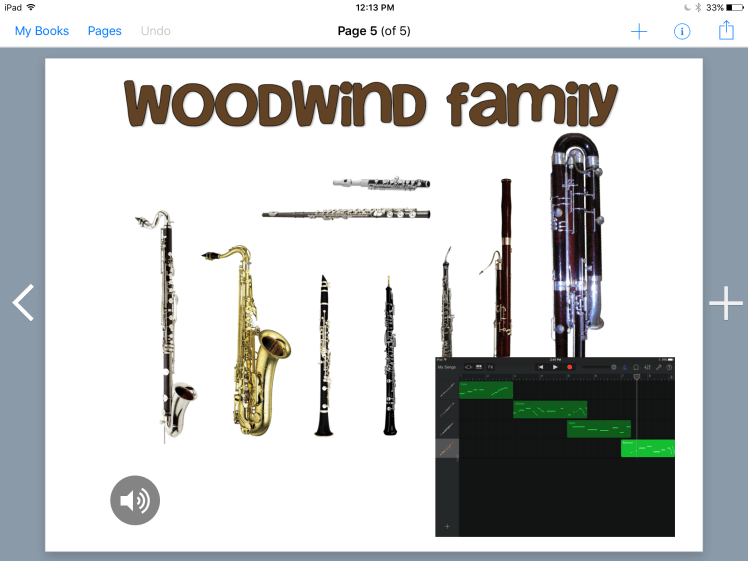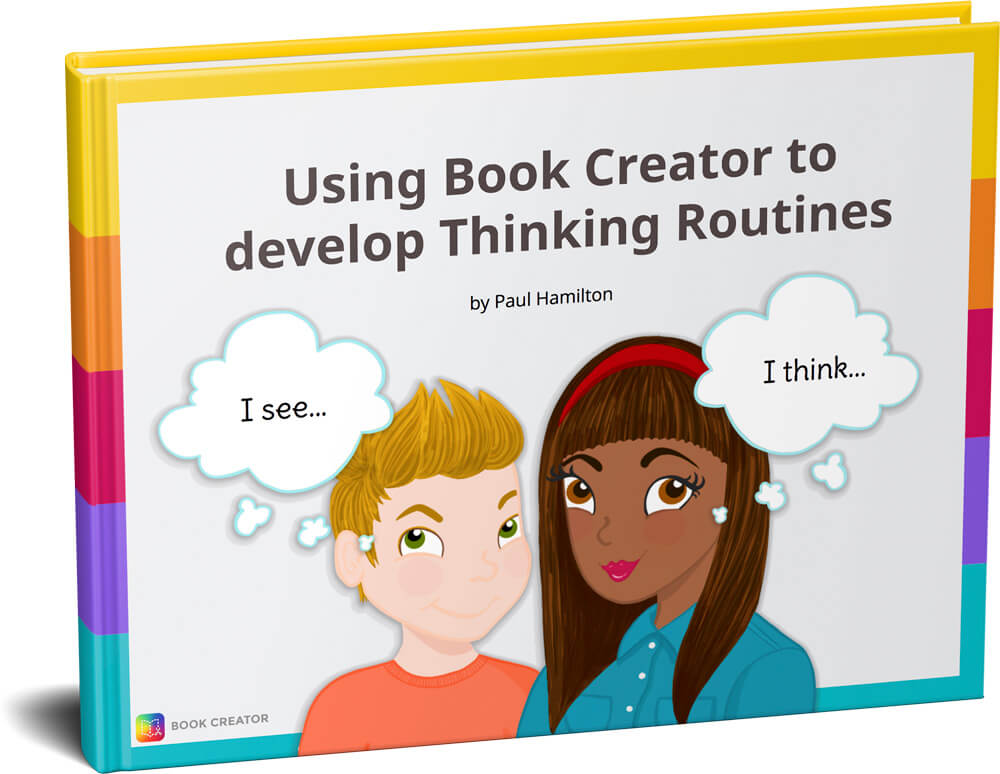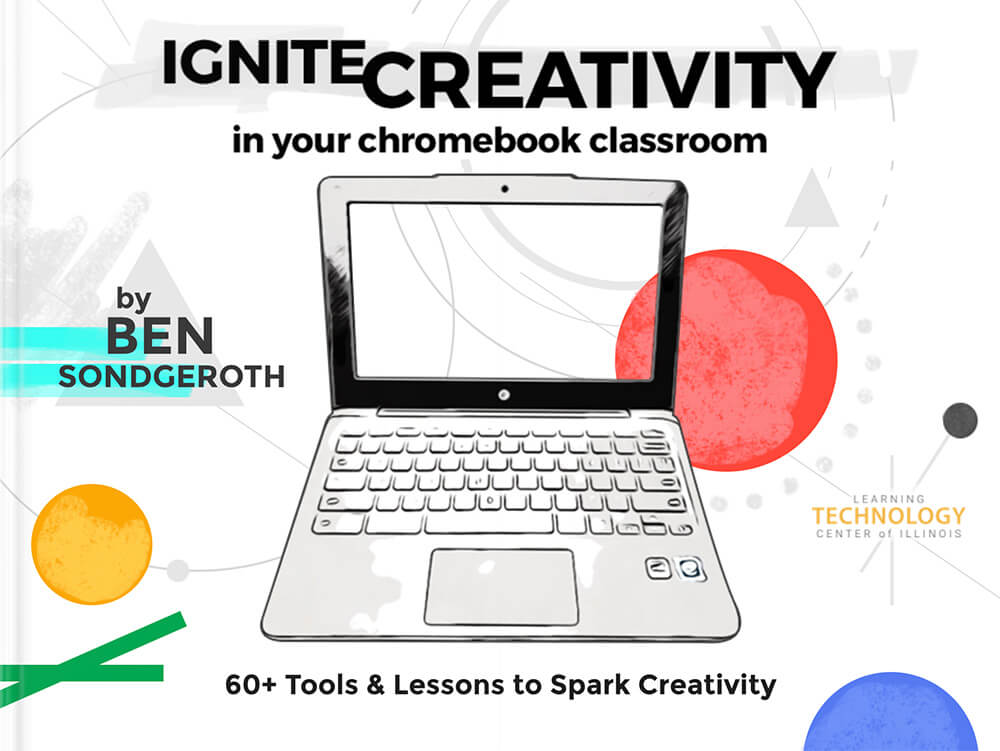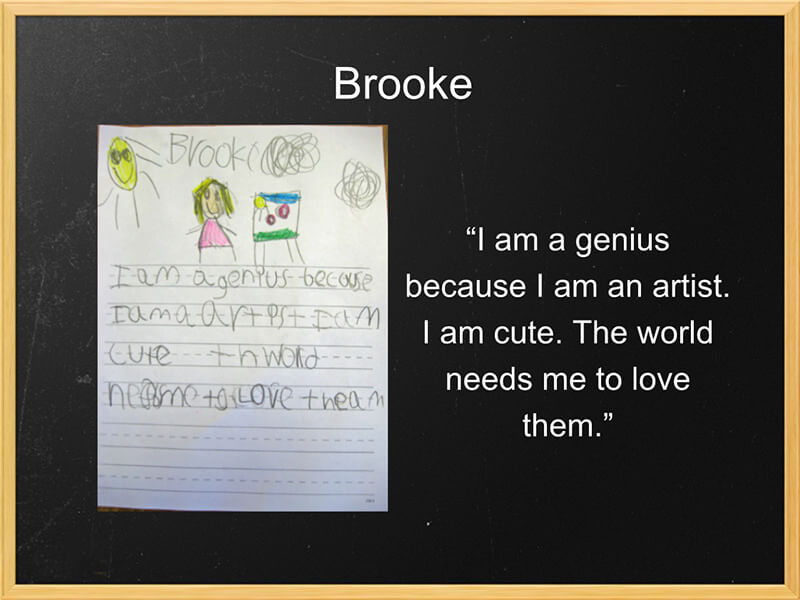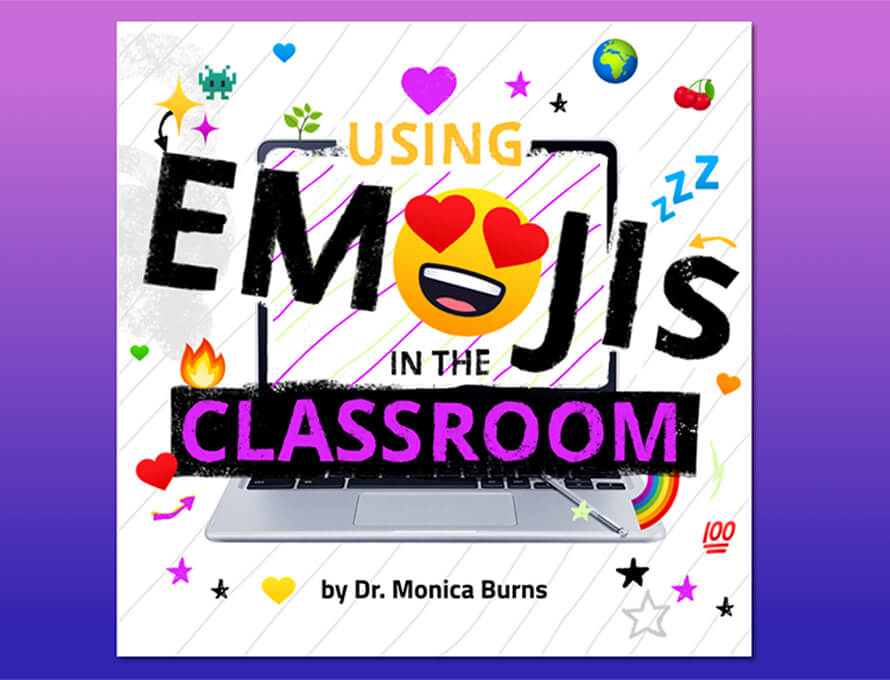Here is an explanation of how I used Book Creator and why it was such a brilliant tool for us.
I often make booklets of my students' work and classroom displays in order to motivate the boys and give them a wider readership/audience. However, during the lockdown, this was not possible and so I searched for something else to do in place of my regular format for publication. A teacher friend of mine recommended using Book Creator and it is now my favourite resource of all time.
Not only did it provide a great alternative to printing, many of the features were incredibly useful for drafting written work and for remote learning.
See also: Using Book Creator for Writing Workshop
Peer evaluation and editing
First and foremost, Book Creator enabled me to put together a slick and fun looking compilation of the stories written by my students that could easily be shared via email and social media. However, I discovered some other extremely useful benefits throughout the project, ones that I intend to use for years to come.
Firstly, it was a fantastic and convenient way for me to make the stories available to other students for the peer evaluation and editing part of the project. I simply put all the boys' work in a draft book, shared the link and allocated students ready for peer editing. They loved it and seeing their stories in this format inspired them to make improvements.
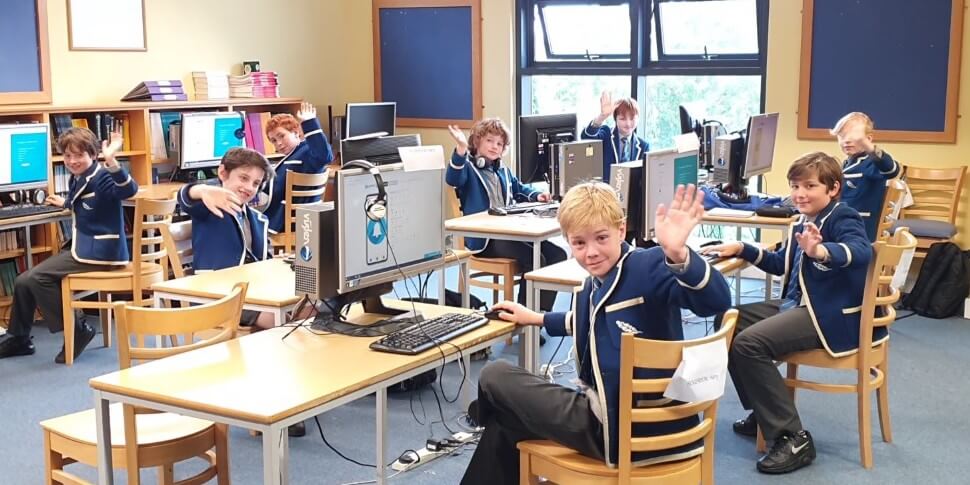
Proof reading
One of the things I always tell students to do is to read their stories aloud to themselves when they are at home. They can easily find half of their mistakes and typos this way. Many students are reluctant to proofread their own writing or don't notice their own punctuation mistakes as they are able to read it aloud in the way they intended it to sound.
However, using Book Creator solved that issue. All the students were instructed to listen to their own stories read back to them using the 'read to me' function. It was amazing.
They could hear some sentences sounding clunky or confusing and then realised that they needed to add punctuation marks (mostly commas) in order to achieve the effect they had intended. It was brilliant. The result was that they made more of the edits themselves.
Ease of sharing
"I'm now considering making a book for all the main topics I need to teach (including a video lesson embedded) so that I can just reuse them whenever needed."Another reason why this worked so well for me was the ease with which I could send teaching materials to the students. As creating a book on Book Creator is as easy as making a PowerPoint, I started using them as a way to share lesson content. We had been using Microsoft Teams and the PowerPoints I had made which included a voice-over or embedded video were just far too large to upload to the system.
However, I could embed my video lesson into a 'book' and then just send the link to the book. This saved me during remote learning as I soon discovered that my wifi had impressive download speed but appalling upload speed.
I'm now considering making a 'book' for all the main topics I need to teach (including a video lesson embedded) so that I can just reuse them whenever needed. I'm hoping our school will let me have the 1,000 book upgrade so that students can also make more books in the library.
When I let them have a go at their own books, they were excited to play around with all the fun tools themselves. In fact, they have made some excellent books on 'show not tell', imagery etc ... that I can use with my future students.
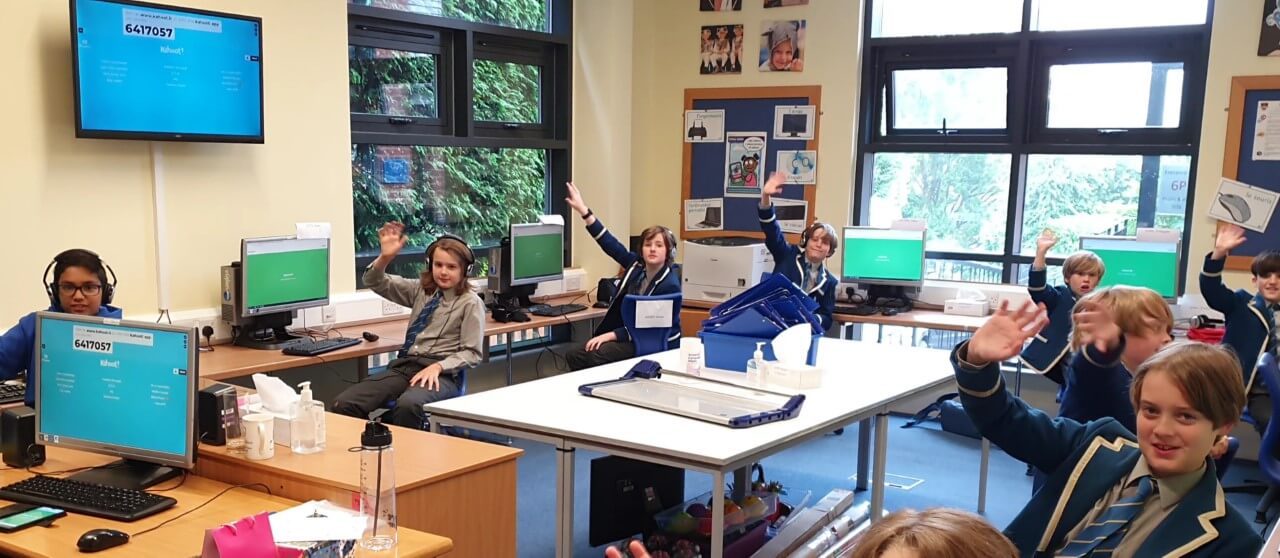
I could go on for ages about this as I have had such a superb experience using this resource! We had a really memorable book launch party on Zoom and now I have a really useful resource to show my future students. The whole experience kept the boys highly motivated and created a feeling of community and togetherness. They will feel so proud to see their work shared on more platforms.
Emma Hughes Snow has been a teacher for nearly three decades, teaching in both the UK and in Turkey. She is Head of English at Solefield School in Sevenoaks, a preparatory school for boys of ages 4-13. Passionate about getting her boys to have their work published, Emma has made her own anthologies of student work at school; organised to have many of the students’ poems featured in Young Writers books; and helped to get many of articles written by the boys at Solefield featured in Mind’s Eye magazine.


